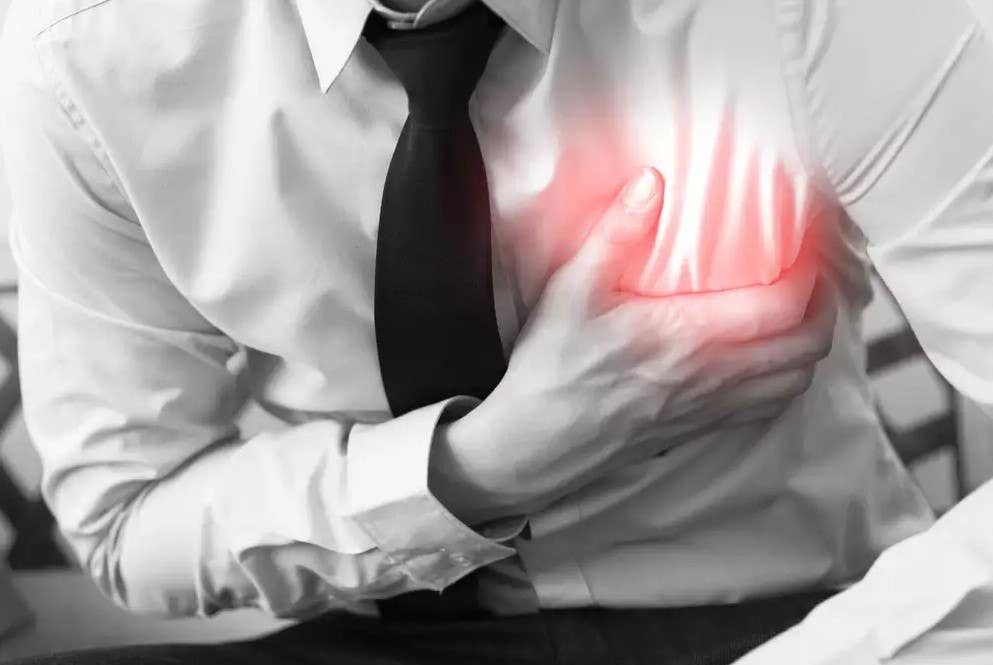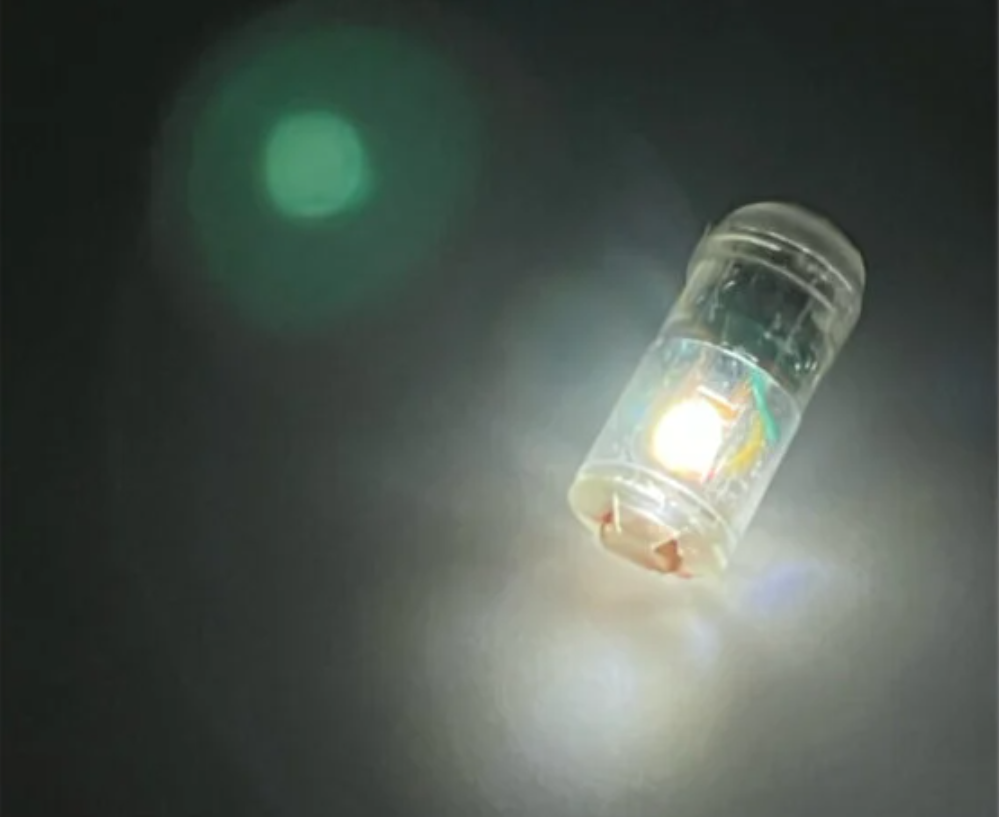Researchers discover that sudden cardiac deaths can be predicted and prevented
Research into the risk and protective factors of cardiovascular disease is extensive; yet new lessons are still being learned.

[May 29, 2023: Maj Vuorre, University of Eastern Finland]
Sudden cardiac death is still quite often the first symptom of coronary artery disease. (CREDIT: Creative Commons)
Research into the risk and protective factors of cardiovascular disease is extensive; yet new lessons are still being learned about their importance.
“When we know more about the interactions between genes and lifestyles, it is possible to strive for increasingly individualised risk assessment and better targeted treatment,” Professor Jari Laukkanen says.
Jari Laukkanen was appointed as Professor of Internal Medicine at the University of Eastern Finland in the beginning of 2022, having held the position since 2020. The professorship is hosted by the Central Finland Health Care District, where Laukkanen also works as Head of Department.
Throughout his career as researcher, Laukkanen has focused on the risk factors of coronary artery disease and sudden cardiac death in particular. The Kuopio Ischaemic Heart Disease Risk Factor Study, KIHD, which has focused on the associations of lifestyle and other factors with morbidity and mortality in more than 2,600 people living in eastern Finland, has played a key role.
Laukkanen has been involved in the study since the early days of his career, when he worked as a physician and performed follow-up data collection and measurements on the study participants.
Related Stories:
Good physical fitness decreases the risk of sudden cardiac death
“Unfortunately, sudden cardiac death is still quite often the first symptom of coronary artery disease. An important observation from our research is that the known risk factors for atherosclerosis, such as smoking, high cholesterol, elevated blood pressure, and poor physical fitness, as well as elevated inflammatory markers, also strongly explain the risk of sudden cardiac death in the population. This is an important reason for assessing and treating these well-known, traditional risk factors as well as possible.”
Together with collaborators, Laukkanen has also shown that good physical fitness is a protective factor against sudden cardiac death, whereas those in poor physical fitness are clearly at an increased risk. The exercise test, which objectively reveals the patient’s physical cardiorespiratory fitness has, throughout the years, remained an important risk assessment method in clinical work.
“On the other hand, basic diagnostics for cardiac disease have been supplemented by coronary angiography and, as a newer assessment tool, computer tomography, which are nowadays increasingly accessible imaging methods and make it possible to detect changes more accurately and earlier than before.”
Stable coronary artery disease can usually be managed by good medical therapy
Laukkanen has been involved in putting research-based knowledge to clinical practice by contributing to the exercise test recommendation published by the Finnish Cardiac Society, as well as to the Finnish Current Care Guidelines on Physical Exercise, and to the Finnish Current Care Guidelines on Treatment of Coronary Artery Disease, to be published this year.
Comprehensive well-conducted meta-analyses, which can be based on several randomised trials, are considered the best possible research evidence for care guidelines.
“In modern treatment of coronary artery disease, for example, the research evidence accumulated over the past years supports a more accurate targeting of invasive treatments to those who will benefit from them the most. Our meta-analysis showed that in a stable coronary artery disease, percutaneous coronary intervention (PCI) or coronary bypass surgery do not necessarily bring more years to life when compared to just medical therapy combined with healthy lifestyle changes, although these procedures are effective in treating the symptoms and sometimes, they also improve the patient’s prognosis. Pharmacotherapy is also constantly improving, and an increasing number of alternative therapies are available.”
An acute myocardial infarction, however, is nowadays treated with immediate PCI.
“By minimising delays in effective treatment, we’ve been able to save lives,” says Laukkanen, who will go off to perform PCI even in the wee hours of the night, whenever necessary.
According to him, now would be an appropriate time to make proper investments in high-quality after-care, which is known as secondary prevention, which practically continues for the rest of the patient’s life and is seamlessly delivered from hospitals to primary health care.
In cardiac rehabilitation, medical therapy is supplemented by motivating the patient to non-smoking, regular physical exercise, healthy food choices and weight management. The patient’s day-to-day coping with the disease should also be promoted.
“At present, however, the optimal delivery of care is, to some degree, dependent on the patient’s municipality of residence. It is hoped that the future well-being services counties will create uniform care pathways for cardiac patients from hospitals to primary health care and occupational health care, with rehabilitation and follow-up being implemented in practice.”
Sauna bathing and genes don’t explain everything
“Even minor positive changes in people’s lifestyles, such as in their everyday physical activity and diet, can improve public health in the population more than some individual procedures performed by physicians. We should not only be more active physically, but also sit less, and avoiding sedentariness is, of course, easier said than done,” Laukkanen says.
Many people, however, take pleasure in sauna bathing, so it’s no wonder that the results on the health benefits of sauna bathing published by Laukkanen and collaborators have been met with interest around the world. In their follow-up study, bathing in a sauna at least four times a week was associated with a lower risk of cardiovascular disease, sudden cardiac death, hypertension and memory disorders.
“This kind of a positive message may be welcomed; after all, conventional health education is often seen as emphasising things that should be avoided or limited. Of course, sauna bathing goes only so far. Cardiovascular health should be improved comprehensively.”
In recent years, the research group has also conducted additional experimental research on sauna bathing, which has shed light on the positive effects of sauna bathing on, e.g., blood pressure and vascular function.
In the future, the risk assessment of cardiac diseases, their development, and treatment methods, can be hopefully improved with the help of patient samples accumulating in biobanks. These samples, together with other research data, will provide more accurate insight into the genetic background of these diseases. Laukkanen is a member in the steering committees of the Central Finland Biobank and the nationwide FinnGen study promoting genetic research combining data from Finnish biobanks.
“At present, genetic data is not really utilised in the prevention and treatment of chronic cardiovascular diseases such as coronary artery disease and hypertension, for example. In the future, these new data could be used to identify people who have accumulated genetic risk factors and need particularly meticulous follow-up and care, as well as careful treatment of common risk factors. This way, their risk of developing cardiovascular disease could be reduced despite the high genetic risk.”
Besides biobanks, another topical and evolving research area related to clinical work is hospital quality registers.
“By combining register and health data from cardiac patients treated in hospitals, we’ll have real-life information on the effectiveness, quality and possible shortcomings of given care. Information collected at the national level from several hospitals also helps to harmonise current treatment practices.”
At the University of Eastern Finland, the clinical training of medical students has been decentralised to several hospitals. The Central Finland Central Hospital hosts 200 medical students from Kuopio every year, about 30 of them in internal medicine.
“Medical training organised at various different hospitals enables better and more personalised teaching, which students have been very pleased with. It is also in the interest of the hospital to train physicians who will understand how the hospital works in this area and who might return to the hospital district as qualified medical doctors after graduation,” Laukkanen says.
For more science and technology stories check out our New Discoveries section at The Brighter Side of News.
Note: Materials provided above by the University of Eastern Finland. Content may be edited for style and length.
Like these kind of feel good stories? Get the Brighter Side of News' newsletter.



